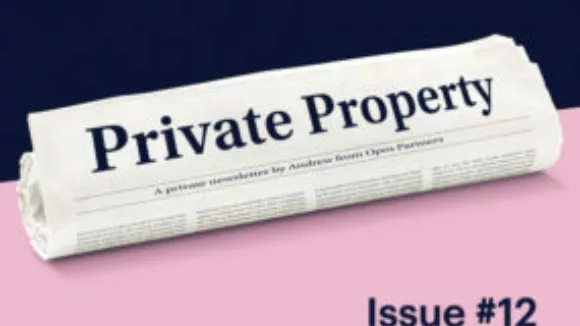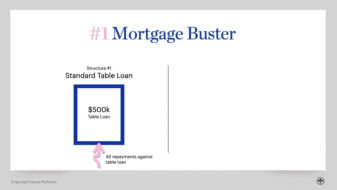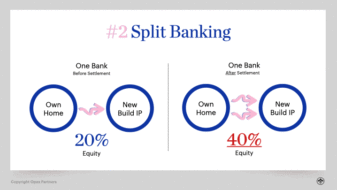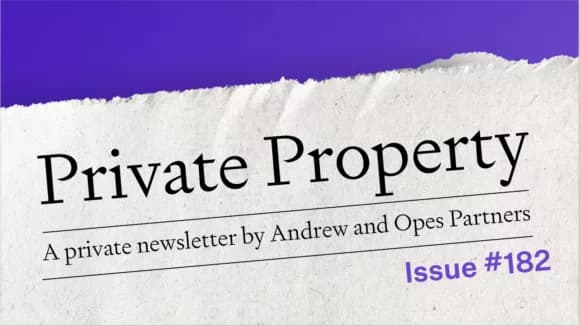Private Property – our weekly newsletter that gives you insights into what's happening in the NZ property market. Written by managing director Andrew Nicol. Sign up to receive this in your inbox every Thursday.
If the bank won’t lend you the money to invest …
There are 6 strategies you can use to get a ‘yes’ from the bank.
In today’s Private Property, you’ll learn the two most popular – The Mortgage Buster and Split Banking.
Also, there is a short quiz at the end, so pay attention. 😉
First thing’s first. To get the bank to say yes, you need a. deposit (equity) and b. income (servicing).
Together, these two strategies improve both (servicing & income).
Play #1 the mortgage buster
The Mortgage Buster is one of the most powerful strategies.
It helps you pay down your home loan quickly and improves both equity and servicing.
How does it work?
At its core, you’ll pay down your mortgage more quickly ... but, there is a bit more to it than that.
Because you’ll set up your accounts in a way you probably haven’t thought of before.
You’ll break your mortgage up into two parts –
Part #1 - A standard home loan (the home loan you’ll already have), which has a fixed interest rate.
Part #2 - A revolving credit or offset account, which has a floating interest rate.
A revolving credit is a special type of account that lets you pay down your debt (and reduce your interest costs) … but you can take that money out again if you need to.
You can’t do that with a standard mortgage.
So, if your mortgage is $500k, you might break $10k off and set it up as a revolving credit.










